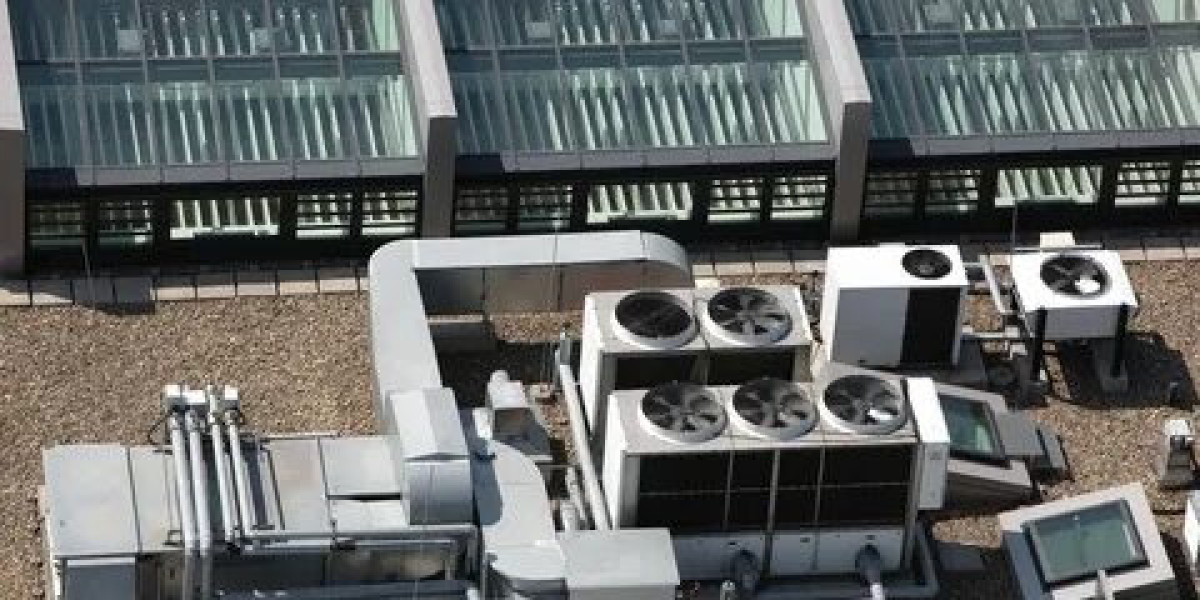When winter approaches, ensuring your home is equipped with a reliable heating system is crucial. A well-installed furnace can make a significant difference in comfort and energy efficiency. This comprehensive guide will walk you through the furnace installation process, offer tips for a successful installation, and highlight the key factors to consider to ensure optimal performance.
Understanding Furnace Installation
Furnace installation is a complex process that requires a thorough understanding of your home’s heating needs and the different types of furnaces available. Proper installation ensures your furnace operates efficiently, providing consistent warmth throughout the winter months.
1. Choosing the Right Furnace
Before diving into the installation process, it's essential to select the right furnace for your home. Here are the key factors to consider:
Type of Furnace: There are several types of furnaces, including gas, oil, and electric. Gas furnaces are the most common due to their efficiency and cost-effectiveness, but oil and electric furnaces may be suitable depending on your energy source and budget.
Size of Furnace: A furnace that's too small will struggle to heat your home, while one that's too large will waste energy. A professional HVAC technician can perform a load calculation to determine the appropriate size for your home.
Efficiency Rating: Look for a furnace with a high Annual Fuel Utilization Efficiency (AFUE) rating. Higher ratings indicate better energy efficiency and lower operating costs.
2. Preparing for Installation
Proper preparation is key to a smooth installation process. Here’s what you need to do:
Clear the Installation Area: Ensure the area where the furnace will be installed is clear of any obstructions. This includes removing furniture, boxes, or any other items that could hinder the installation process.
Check Existing Ductwork: If you’re replacing an old furnace, inspect the existing ductwork for any damage or leaks. Properly sealed and insulated ducts ensure efficient airflow and heating.
Verify Electrical and Gas Connections: Ensure that your home’s electrical and gas connections are up to code and compatible with the new furnace. This step may involve upgrading your electrical panel or gas lines.
3. The Installation Process
The installation of a furnace involves several steps, each crucial to ensuring the system operates efficiently and safely.
Removing the Old Furnace: If you're replacing an old furnace, the first step is to remove it. This involves disconnecting power and gas lines, then carefully removing the old unit.
Positioning the New Furnace: The new furnace must be positioned correctly according to the manufacturer’s specifications. This involves placing it in the designated area, ensuring it is level, and securing it in place.
Connecting the Ductwork: The furnace must be connected to the existing ductwork. Ensure all connections are secure and properly sealed to prevent air leaks.
Connecting Electrical and Gas Lines: The furnace must be connected to the electrical and gas supply. This should be done by a licensed professional to ensure safety and compliance with local codes.
Testing the System: Once everything is connected, the system should be thoroughly tested. This includes checking for proper airflow, heating efficiency, and ensuring there are no gas or electrical leaks.
4. Post-Installation Checklist
After the installation is complete, follow this checklist to ensure everything is in order:
Inspect for Leaks: Check all connections for gas or water leaks. Address any issues immediately to prevent safety hazards.
Test the Thermostat: Ensure the thermostat is functioning correctly and accurately controlling the furnace.
Review the Manual: Familiarize yourself with the furnace’s user manual. It provides important information about operating and maintaining the system.
Schedule a Follow-Up: Arrange for a professional to perform a follow-up inspection to ensure the system is operating as expected.
5. Maintenance Tips for Longevity
Proper maintenance is essential for the longevity and efficiency of your furnace. Follow these tips to keep your system in top shape:
Regular Inspections: Schedule annual inspections by a professional HVAC technician. They can identify potential issues before they become major problems.
Change Filters Regularly: Replace air filters every 1-3 months to ensure proper airflow and prevent dust buildup.
Keep Vents Clear: Ensure that vents and registers are not obstructed by furniture or other items.
Monitor Performance: Pay attention to unusual noises or changes in performance. Address any concerns promptly to avoid costly repairs.
6. Energy Efficiency and Cost Savings
Installing a high-efficiency furnace can lead to significant cost savings over time. Here’s how:
Lower Energy Bills: High-efficiency furnaces use less energy to heat your home, leading to reduced utility bills.
Tax Credits and Rebates: Some high-efficiency models qualify for tax credits or rebates. Check with your local utility company or government programs for available incentives.
Increased Home Value: A new, efficient furnace can increase the resale value of your home. Potential buyers often value energy-efficient features.
7. Choosing a Professional for Installation
Selecting a qualified HVAC professional is crucial for a successful furnace installation. Look for the following qualities:
Licensing and Certification: Ensure the technician is licensed and certified by relevant industry organizations.
Experience: Choose a technician with extensive experience in furnace installation. They will be familiar with various models and installation requirements.
Reviews and References: Check online reviews and ask for references to gauge the technician’s reputation and reliability.
Warranty: Verify that the technician offers a warranty on their workmanship. This provides peace of mind and protection against potential issues.
Conclusion
Proper furnace installation is essential for maintaining a comfortable and energy-efficient home during the colder months. By choosing the right furnace, preparing adequately, and following proper installation procedures, you can ensure your heating system operates smoothly and efficiently. Regular maintenance and professional inspections will help extend the life of your furnace and keep your home warm and cozy.
For a detailed Furnace Installation Guide, visit The Best Home HVAC for expert advice and resources.
By following this guide and investing in professional installation, you can enjoy the benefits of a well-functioning furnace and a warm, comfortable home throughout the winter.








